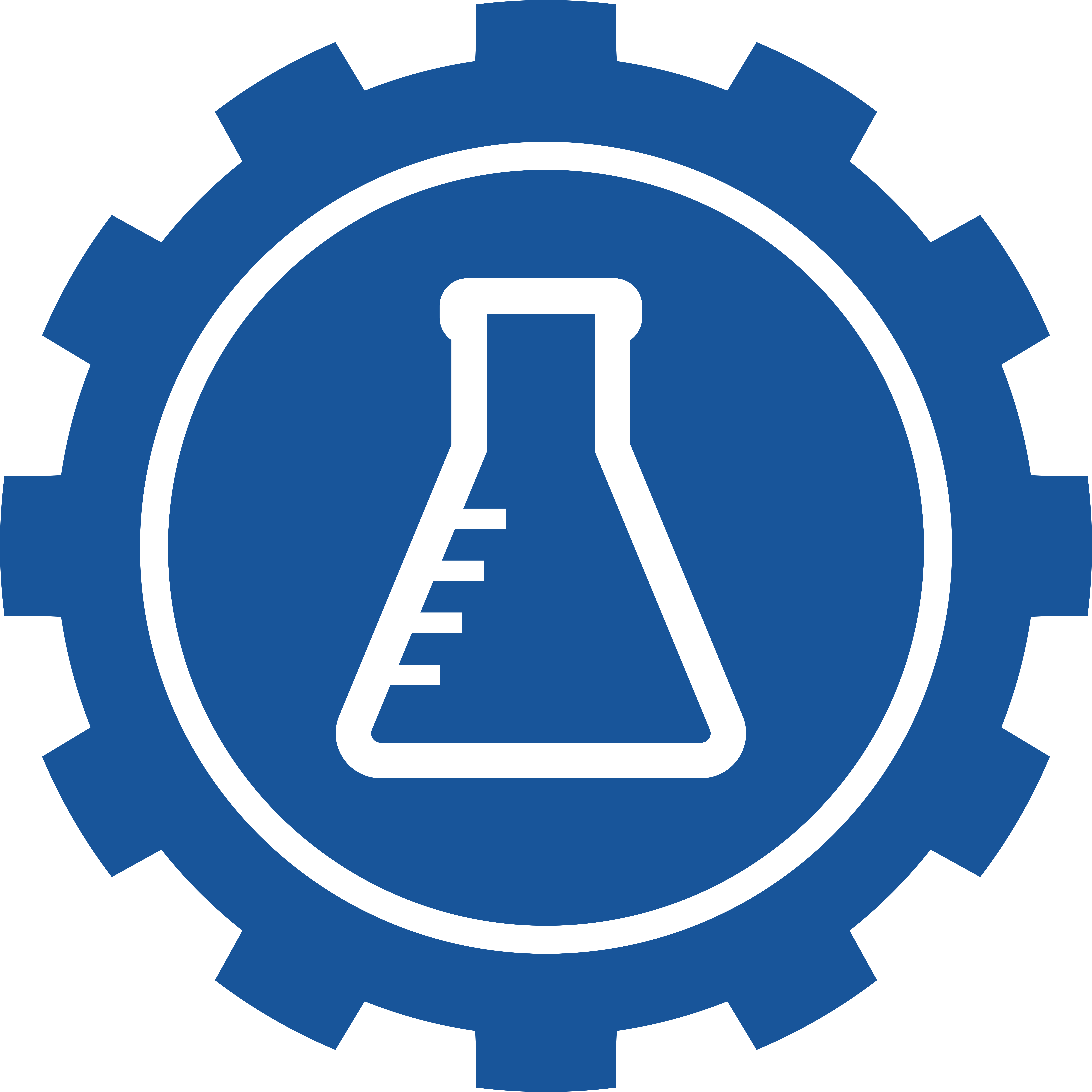And it all started in antiquity. . .
One of the first known experiments on the relationship between combustion and air was carried out by the Greek writer Philo of Byzantium in the 2nd century BC. In his work "Pneumatica", Philo noted that turning the vessel over a burning candle and flooding the neck of the vessel with water caused some of the water to rise upwards. Filo mistakenly assumed that some of the air in the vessel became a classic element of fire and thus escaped through the pores of glass.
It took almost 700 years to continue to study oxygen!
Leonardo da Vinci drew on the work of Philo, observing that burning and breathing consume some air. But after that, he didn't come to any conclusion. . .
In De Lapide Philosophorum Tractatus Duodecim e naturae source et Manuali Experientia depromti (1604), Polish alchemist, philosopher and physician Michael Sendivogius (Michał Sędziwój) described a substance in the air as "cibus vitae". In his experiments between 1598 and 1604, Sendivogius correctly considered this substance to be a gaseous byproduct of the thermal decomposition of potassium nitrate. Separation of oxygen and proper combination of the substance with that part of the air necessary for life would be sufficient evidence for Sendivogius' discovery of oxygen, but successive generations of scientists and chemists have often denied this discovery.
It was not until Robert Boyle showed in the late 17th century that air was necessary for combustion. The English chemist John Mayow (1641-1679) perfected this work, showing that fire needed only a fraction of the air, which he called Spiritus nitroaereus. In one experiment, he found that placing a mouse or a lit candle over water in an airtight container caused the water to rise and replaced a quarter of the amount of air before the subjects were extinguished. From this, he concluded that nitroaereus is consumed both during respiration and combustion. Mayow observed an increase in antimony mass after heating and concluded that the nitroaereus must have melted with it. He also believed that the lungs separate nitrate from the air and transport it to the blood, and that the heat and muscle movements of animals are the result of nitrate reacting with certain substances in the body. Reviews of these and other experiments and ideas were published in 1668 in his treatise "Tractatus, De respiratione. "
They weren't aware they were producing oxygen. . .
Robert Hooke, Ole Borch, Mihail Lomonosov and Pierre Bayen produced oxygen in experiments in the 17th and 18th centuries, but none of them recognized it as a chemical element. This may be due in part to the spread of the philosophy of combustion and corrosion known as the phlogistone theory, which was then the preferred explanation for these processes. The phlogiston theory, founded by the German alchemist J. J. Becher in 1667 and modified by the chemist George Ernst Stahl in 1731, stated that all combustible materials were composed of two parts. One portion, called phlogistone, was released during combustion of the substance containing it, while the phlogistone portion was thought to be its true form, lime. Highly flammable materials that leave little residue, such as wood or coal, were thought to be mainly phlogistone; it contained very few non-flammable corrosive substances such as iron. Air played no role in phlogiston theory, and there were no preliminary quantitative experiments to test this idea; Instead, it was based on observations of what happens when something burns, that most of the time things get lighter and seem to lose something. . .
Swedish-English revolutions in the world of chemistry
It is widely believed that Swedish chemist Carl Wilhelm Scheele was the first to discover oxygen. From 1771 to 1772 it produced mercury oxide (HgO) and nitrates. Scheele called the gas "fire air" because it was the only combustion aid known at the time. He described this discovery in his manuscript "Treatise on Air and Fire" which he sent to his publisher in 1775. This document was published in 1777. Meanwhile, on 1 August 1774, an experiment by British clergyman Joseph Priestley focused sunlight on mercury oxide in a glass tube, releasing a gas he called "deflogistic air". He noticed that the candles were burning brighter inside the gauze, and the mouse was more active and lived longer breathing it. After inhaling the gas, Priestley wrote, "The feeling in my lungs was not much different from ordinary air, but for a moment I felt my chest was very light. " Priestley published his discovery in 1775 in An Account of Further Discoveries in Air, which was incorporated into the second volume of his book.
And what about the contribution of Poles?
In the late 19th century, scientists realized that air could be liquefied and its components separated by compression and cooling. Swiss chemist and physicist Raoul Pierre Pictet used a cascade method to vaporize liquid sulfur dioxide to liquefy carbon dioxide, which in turn evaporates, cooling enough oxygen to liquefy it. On December 22, 1877, he sent a telegram to the French Academy of Sciences in Paris announcing the discovery of liquid oxygen. Just two days later, French physicist Louis Paul Caillete announced his method of liquefying molecular oxygen. In any case, only a few drops of liquid appeared and it was not possible to make a substantive analysis. On March 29, 1883, Polish scientists Zygmunt Wróblewski and Karol Olszewski from the Jagiellonian University first liquefied oxygen in a stable state, which changed future research into technologies that we can experience in everyday life.
Autor: Maciej Gdala










